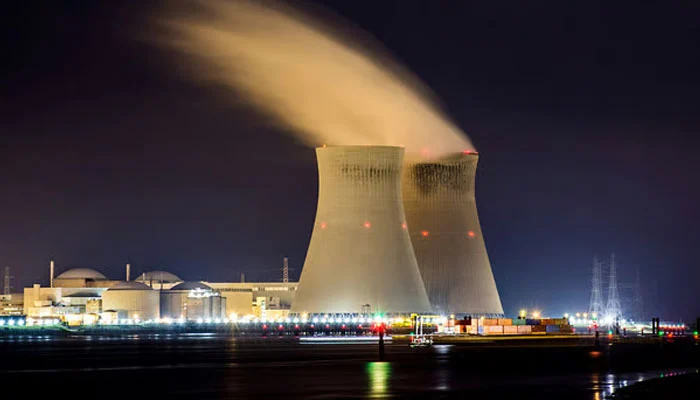In a significant stride towards global energy autonomy and the pursuit of clean nuclear power, China has achieved a historic breakthrough, surpassing the United States in the development of cutting-edge technology. After approximately 15 years of relentless effort, China has successfully demonstrated a path toward accessing near-limitless nuclear energy by converting thorium into uranium using an advanced molten salt reactor (MSR).
Scientists from the Shanghai Institute of Applied Physics at the Chinese Academy of Sciences successfully developed this two-megawatt liquid-fueled thorium-based MSR in the Gobi Desert. The Academy hailed the achievement as the first step towards proving the technical feasibility of utilizing abundant thorium resources within an MSR system.
Intriguingly, China initiated its research in 2011, while the US first experimented with this technology in the 1960s, allegedly developing a small test reactor but failing to sustain the project.
Chief scientist of the project, Xu Hongjie, was quoted by the South China Morning Post, sending a clear message to the West: “The research abandoned by the US was waiting for a true successor, and we are that true successor.” The report detailed that a team of Chinese scientists spent years deciphering and mastering the abandoned American research before successfully implementing it.
This breakthrough is considered revolutionary because, unlike uranium—which is one of the most toxic radioactive metals and difficult to extract due to scarcity—thorium is far more abundant and produces less long-lived radioactive waste (according to the World Nuclear Association). This technological triumph is expected not only to make China’s nuclear energy program significantly cleaner but also to pave the way for long-term energy independence.



